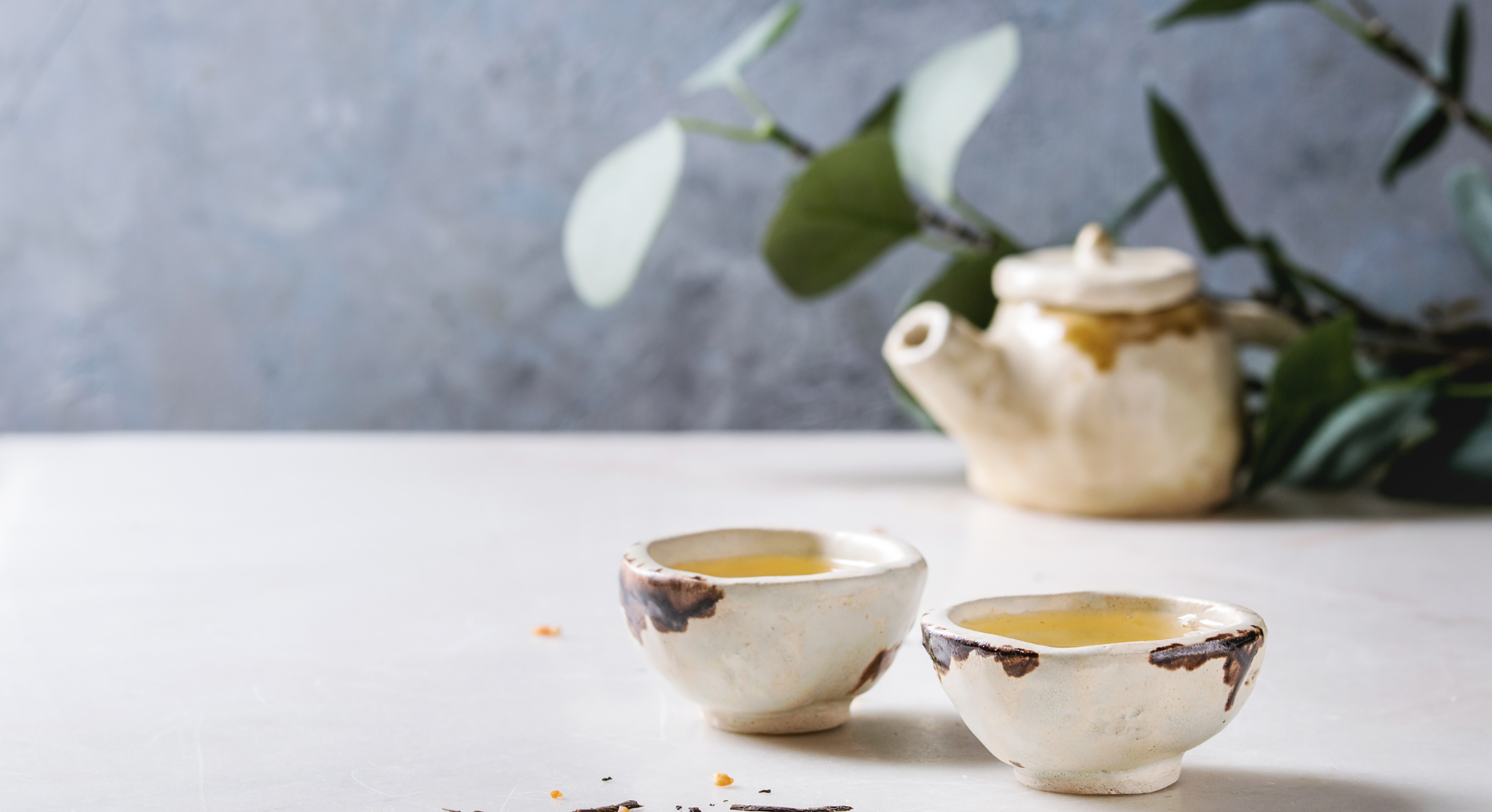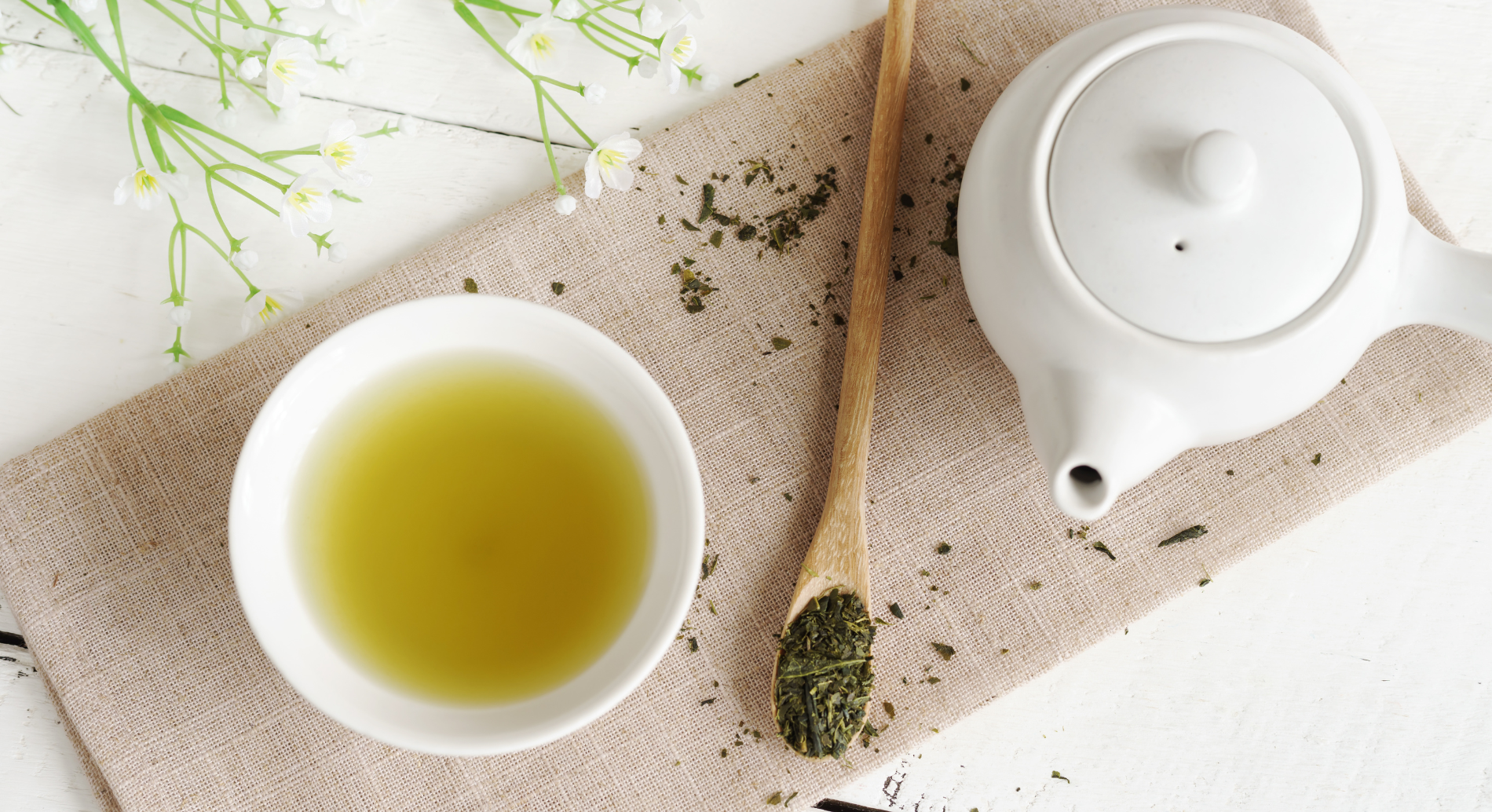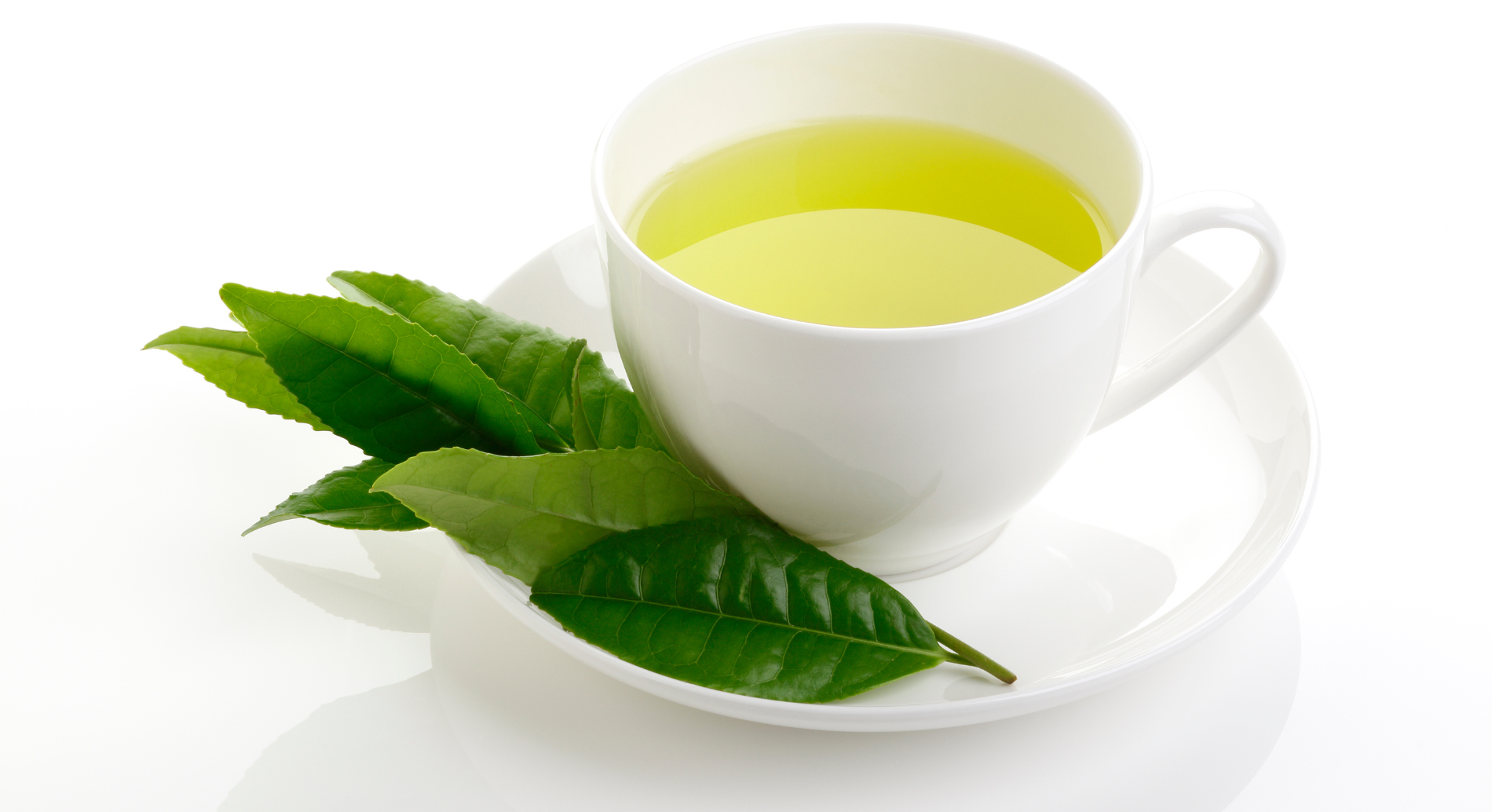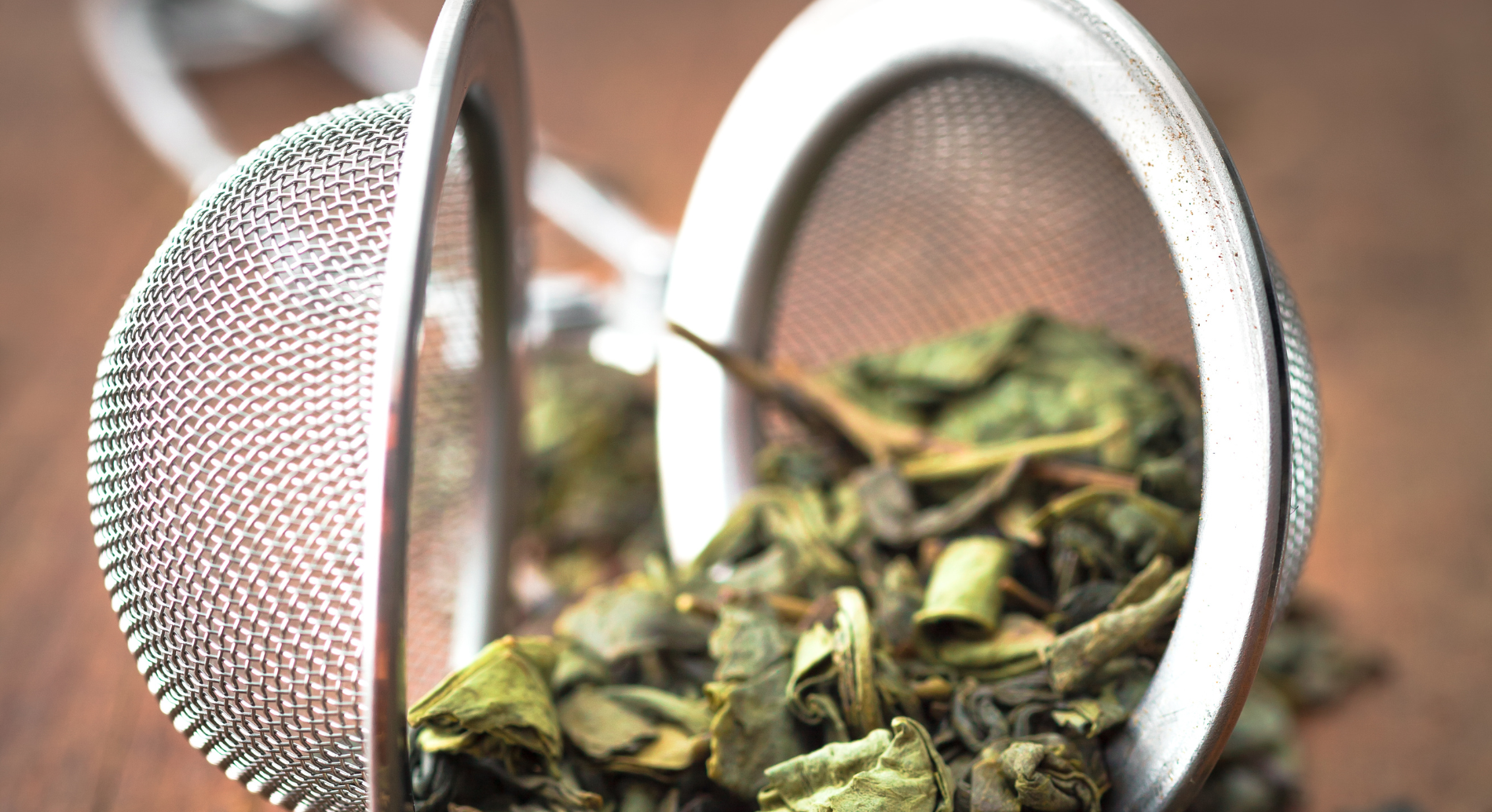
A Brief History of Green Tea
Green tea has been around for thousands of years and was first discovered by accident in ancient China when tea leaves fell into boiling water. People loved its unique flavor and health benefits, and soon, it became an essential part of Chinese and Japanese cultures. During the Tang dynasty, tea drinking became an art form, and green tea was used in ceremonies. In Japan, green tea was brought by a Zen monk named Eisai and became a popular beverage for meditation and enlightenment. Today, green tea is enjoyed worldwide for its versatility, unique taste, and numerous health benefits.
The Health Benefits of Green Tea
Green tea is renowned for its numerous health benefits. Packed with powerful antioxidants, it helps to boost the immune system, fight off free radicals, and reduce the risk of chronic diseases such as heart disease and cancer. Additionally, green tea has been shown to improve brain function, aid in weight loss, and promote healthy skin, making it a truly beneficial beverage for overall well-being.
High in antioxidants:
Green tea is packed with antioxidants, including catechins, which can help protect cells from damage caused by free radicals.
Boosts brain function:
Green tea contains caffeine and L-theanine, both of which may help improve brain function, including memory, reaction time, and mood.
Lowers risk of heart disease:
Green tea has been linked to a reduced risk of heart disease, with studies showing that it may help lower blood pressure, improve cholesterol levels, and reduce the risk of stroke.

Helps with weight loss:
Several studies have shown that green tea may help with weight loss by increasing metabolism and fat burning.
Helps improve digestion:
The polyphenols in green tea may help stimulate the digestive system, including the production of digestive enzymes and the elimination of toxins.

What does Green Tea Taste Like?
Green tea has a unique taste that can vary depending on the specific type of green tea and how it’s prepared. Generally, green tea has a fresh, slightly vegetal flavor with grassy notes and a subtle sweetness. Some people describe it as having a mild, earthy taste with a hint of nuttiness. High-quality green tea can also have hints of floral or fruity notes, while lower-quality green tea may have a more bitter taste. Overall, the taste of green tea is generally described as light, refreshing, and soothing.
How to Steep Green Tea
Steeping green tea is quite simple, and you can do it in a few easy steps:
- Boil 6 – 8 oz of fresh water and let it cool to about 170°F.
- Place the desired amount of green tea in a strainer or tea infuser and add it to your cup or teapot.
- Pour the heated water over the green leaves.
- Allow the green to steep for about 2-3 minutes, or until the desired strength is reached.
- Remove and discard the tea strainer or infuser.
- Serve the green tea in your favorite teacup and enjoy!
Note: The steeping time and temperature can vary based on the type and quality of green tea you are using. It’s always best to follow the instructions provided on the tea packaging. Be careful not to over-steep the green tea as it can become bitter.



